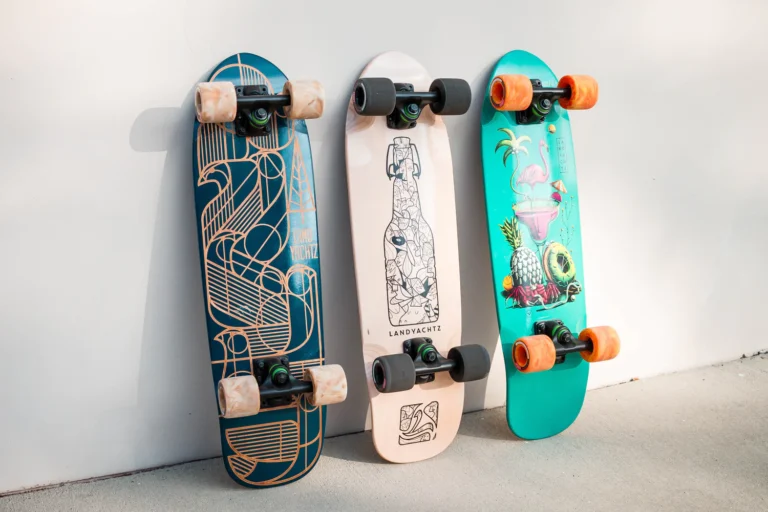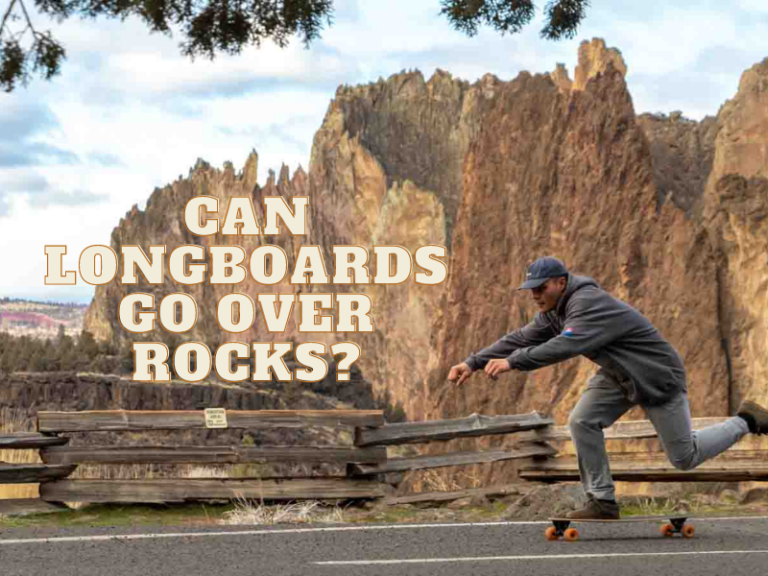Longboard History : The origin and Evolution
When were longboards invented?
Longboards have been around since the 1950s, originating in Hawaii when surfers sought a way to ride the streets when the waves were flat. The first longboard was created in Hawaii in the late 1950s, as a way for surfers to continue enjoying their sport even when the ocean wasn’t cooperating. These earlier longboards were made of thick planks of wood and were quite rudimentary compared to the modern versions we see today.
Longboarding quickly caught on in California beach culture, and by the 1960s, it was an established sport. Thanks to its popularity and evolution over the years, longboarding has now become a global phenomenon, with enthusiasts from all over the world.
Who invented the longboard?
Longboards were first introduced to the market in the 1950s by Preston Nichols, a surfer who wanted to bring surfing to land when waves were not suitable for riding. However, the idea of a longer skateboard for cruising originated with surfers in Hawaii. They needed a way to continue surfing even when the waves were too small.
The concept of the longboard was then embraced by skateboarders, who discovered that the longer boards were more stable and easier to ride. As a result, the longboard became an alternative to traditional skateboarding and even inspired new styles like longboard dancing.
The history of the longboard is rooted in the surf and skate culture of the 1950s, and its popularity has grown over the years, becoming a symbol of California beach culture.
Why is it called a longboard?
The term “longboard” is a simple descriptor of the skateboard’s elongated shape. It is called a “longboard” due to its longer decks and wheelbases compared to traditional skateboards. This design allows for a smoother ride and greater stability, particularly at high speeds.
The longboard’s name reflects its surfing roots, where the longer boards were used to catch larger waves in the ocean.
Ironically, the longboard was not named until decades later, as the term “skateboard” was the original name used for the product that began as an evolution of surfing. It wasn’t until the sport became distinct from its inspiration that the term “longboard” started to be used.
What is the history of longboard dancing?
Longboard dancing is a relatively new addition to the longboarding scene, but it has quickly gained popularity among enthusiasts around the world.
This form of longboarding emerged in the early 2000s when skateboarders Adam Colton and Adam Stokowski combined fluid footwork and stunts into their rides. Since then, longboard dancing has evolved into a full-fledged discipline mixing elegance and dance.
The sport’s popularity continues to grow, and competitions are now held worldwide where riders showcase their most graceful moves on their longboards.
Longboard dancing is a testament to the creativity, skill, and dedication of the longboarding community in pushing the boundaries of what is possible on a board, and it shows no sign of slowing down anytime soon.
Where was longboard surfing invented?
Longboard surfing was first invented in Hawaii in the late 1950s. Surfing had always been a part of Hawaiian culture, and it was only natural that they would want to find a way to bring it to land when the waves weren’t suitable.
The early longboards were made from wood and were extremely heavy, and they were primarily used for cruising along the shoreline. It wasn’t until the 1960s that longboarding really started to take off in California, where the longboard quickly became a staple of beach culture.

Longboarding Best Experiences with
Longboards’ Success in California Beach Culture
The success of longboards in California’s beach culture is undeniable. The roots of longboarding during the 1950s were intertwined with surf culture and the pursuit of the perfect wave.
Longboards quickly became a beloved part of California’s beach lifestyle, with surfers using them to catch larger waves and provide a more stable ride.
They also became popular with non-surfers as a mode of transportation along the beach. Their popularity and versatility helped to solidify them as a staple in California’s beach culture, and they continue to be a beloved part of the lifestyle today.
The Legacy of Tom Sims
The legacy of Tom Sims, a true pioneer of board sports, cannot be overlooked in the history of longboards.
Tom Sims played a crucial role in shaping the sport as a world champion athlete, visionary inventor, marketer, and artist. As a lifelong skateboarder, snowboarder, and surfer, he contributed a host of innovations, including building and marketing the first longboards for skateboarding.
In 1975, Tom sold the first longboards in skateboard history, the SIMS 30”, 36”, and 48” models, followed by 40” and 44” longboard versions.
His contribution to board sports is immense and has fueled many of the innovations we see today. The passion and dedication he had for the sport were unparalleled, and his legacy inspires many longboarders to this day.
Longboard revival in 1990
The 1990s marked a significant period in the history of longboarding – the Longboard Revival. As snowboarding gained massive popularity, snowboarders looked for ways to train during the off-season, and many turned to longboarding. This rekindled interest in longboarding, which had waned since its heyday in the 1950s.
The popularity of skateboarding and skateboard tricks, driven by well-known boarders like Tony Hawk, further fueled the revival of this sport. With advancements in technology and the creation of new shapes and designs, traditional longboards have become highly refined, making them better suited for a variety of riding styles.
The longboarding future
Looking into the future of longboarding, the possibilities seem endless. Despite its humble beginnings, longboarding has become mainstream and continues to grow in popularity around the world. With new advancements in technology, there are infinite opportunities for innovation and creativity in board design and riding styles.
Longboarding is not just a hobby but a lifestyle for many people who enjoy the feeling of the wind in their hair and the freedom of cruising on a board. As the sport continues to evolve, it is likely that longboarding will become even more diverse and inclusive, attracting new riders and expanding its global reach.
The future looks bright for longboarding, and we can’t wait to see what’s in store for this beloved sport.

I am a longboarding enthusiast and a blogger. On this blog, I share tips, tricks, and advice based on my experience. I am dedicated to helping newbies improve their skills and enjoy this fun activity to the fullest.
Disclosure:This post may contain affiliate links. If you click on a link and make a purchase, we may earn a commission at no additional cost to you. Learn more.







